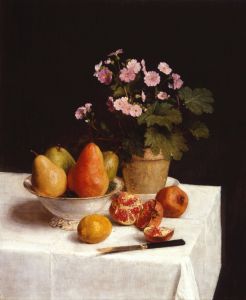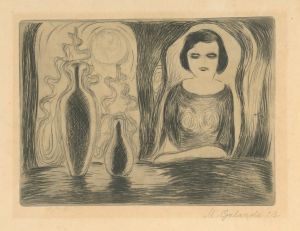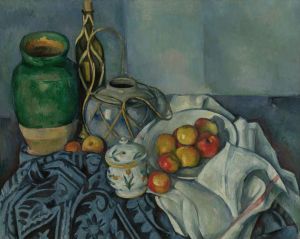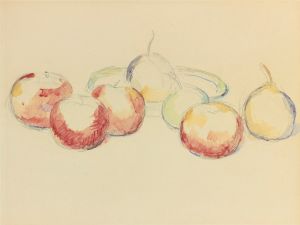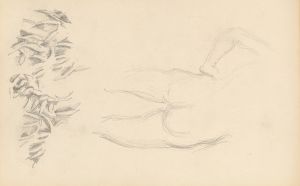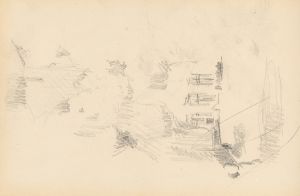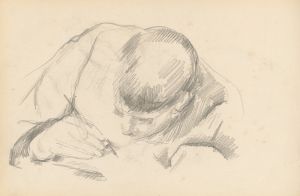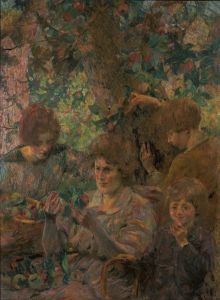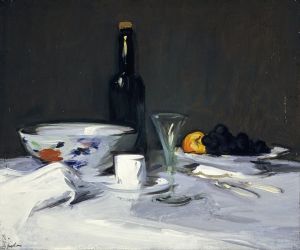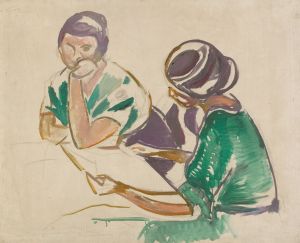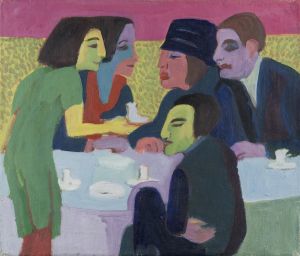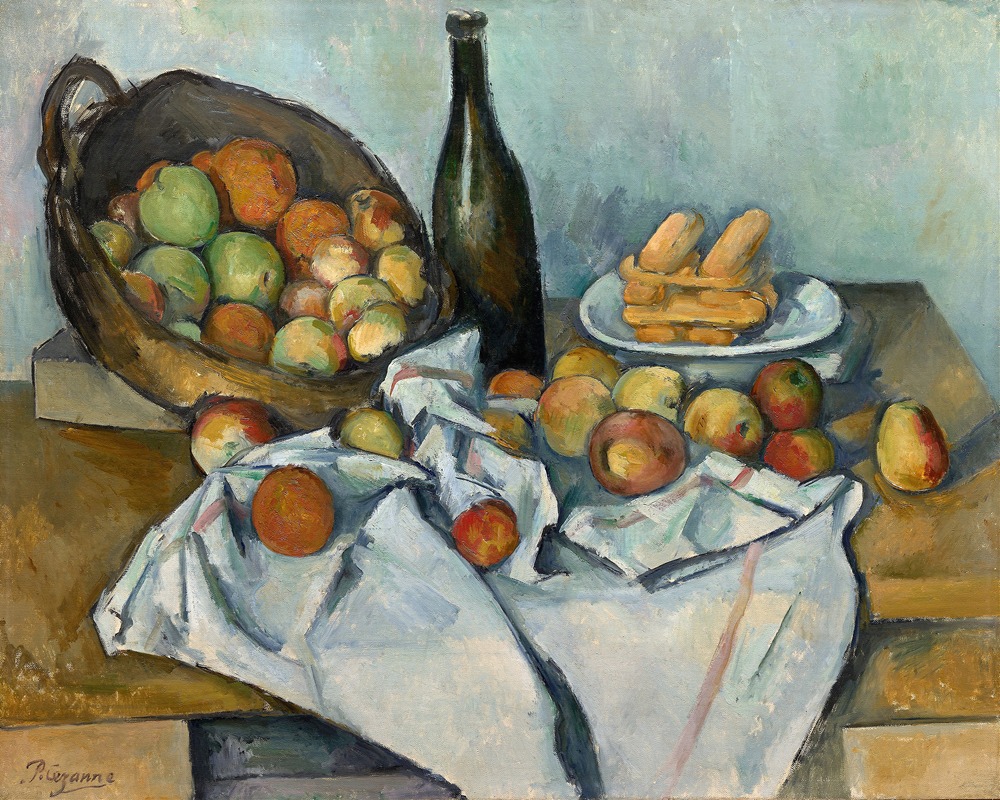
The Basket of Apples
A hand-painted replica of Paul Cézanne’s masterpiece The Basket of Apples, meticulously crafted by professional artists to capture the true essence of the original. Each piece is created with museum-quality canvas and rare mineral pigments, carefully painted by experienced artists with delicate brushstrokes and rich, layered colors to perfectly recreate the texture of the original artwork. Unlike machine-printed reproductions, this hand-painted version brings the painting to life, infused with the artist’s emotions and skill in every stroke. Whether for personal collection or home decoration, it instantly elevates the artistic atmosphere of any space.
The Basket of Apples is an oil painting created by the French Post-Impressionist artist Paul Cézanne around 1893. The artwork is widely regarded as a masterpiece of still-life painting and is celebrated for its innovative approach to composition, perspective, and form. It is currently housed in the Art Institute of Chicago, where it remains a significant highlight of the museum's collection.
The painting depicts a tabletop laden with a basket of apples, a bottle, a plate of biscuits, and a folded white tablecloth. Cézanne's treatment of these everyday objects is notable for its deliberate distortion of perspective and spatial relationships. For instance, the edges of the table do not align perfectly, and the objects appear to tilt or shift in ways that defy traditional rules of perspective. This intentional manipulation reflects Cézanne's interest in exploring the complexities of visual perception and his desire to move beyond the conventions of realistic representation.
Cézanne's use of color and brushwork in The Basket of Apples is equally significant. He employs a rich palette of earthy tones, punctuated by the vibrant reds and yellows of the apples. His brushstrokes are visible and textured, contributing to the painting's dynamic and tactile quality. This technique underscores Cézanne's belief that painting should capture the essence of its subject rather than merely imitate its appearance.
Art historians often view The Basket of Apples as a pivotal work in the transition from 19th-century Impressionism to the modernist movements of the 20th century. Cézanne's innovative approach to form and structure influenced numerous artists, including Pablo Picasso and Georges Braque, who later developed Cubism. The painting exemplifies Cézanne's role as a bridge between traditional and modern art, earning him the title of "father of modern art."
The exact date of the painting's creation is not definitively known, but it is generally attributed to the early 1890s, a period when Cézanne was deeply engaged in still-life painting. The work reflects his meticulous process, as he often spent extended periods arranging and studying his compositions before committing them to canvas.
The Basket of Apples continues to be celebrated for its groundbreaking approach to art and its enduring influence on subsequent generations of artists. It remains a testament to Cézanne's innovative vision and his profound impact on the history of art.





